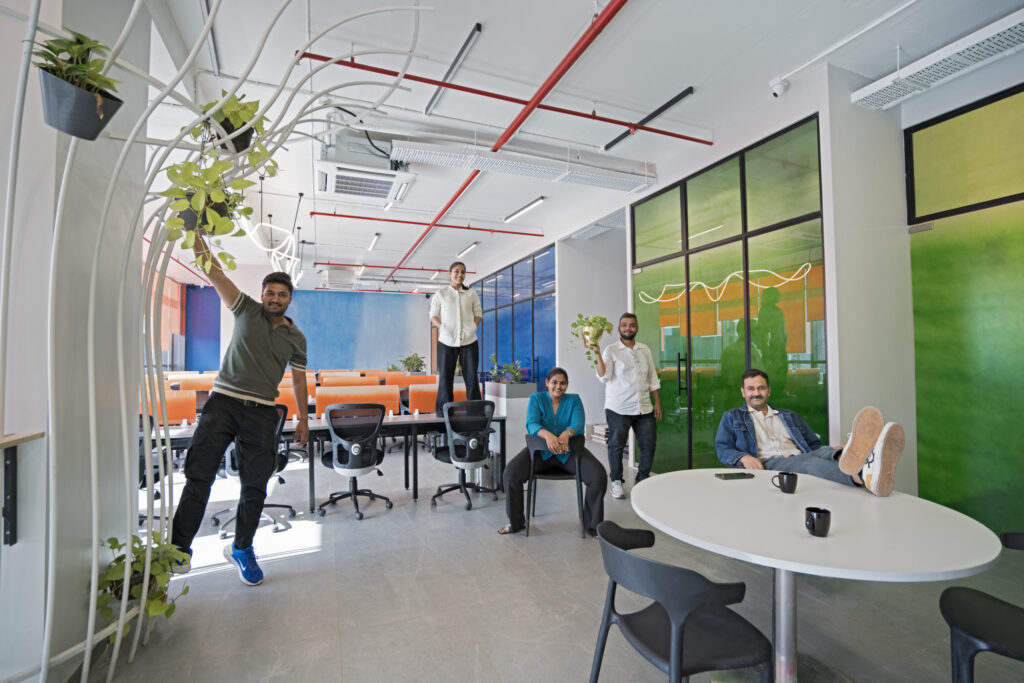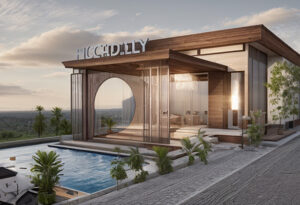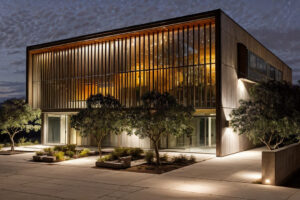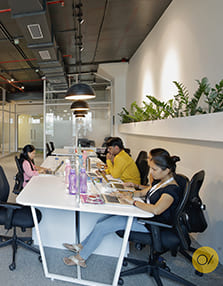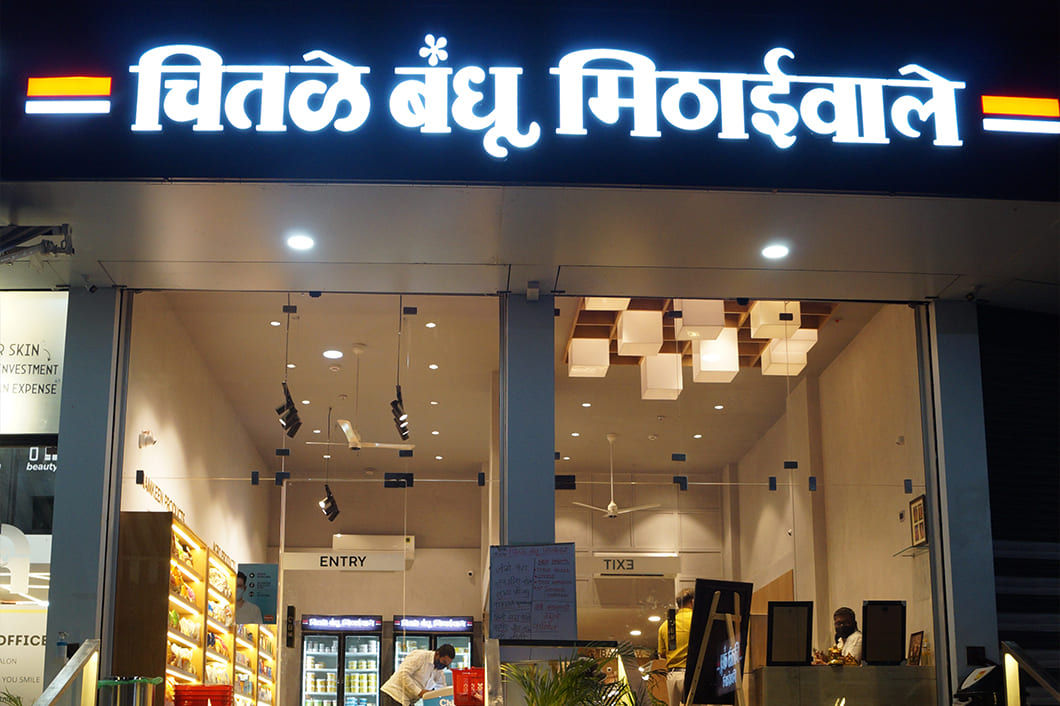Sustainability in Pune’s commercial interior design is an essential consideration in today’s environmentally conscious world. Companies have taken a new paradigm shift and embraced the creation of interior spaces that are functional and appealing in addition to addressing environmental concerns.
This blog will provide information on the role, that sustainable design plays in commercial interiors, give an overview of sustainable principles, and present practical and feasible eco-friendly ideas.
The Importance of Sustainability in Commercial Interiors
Firstly, it is important to comprehend why sustainable commercial interior design is relevant and satisfactory for several reasons.
- First of all, the effect of successful implementation of the strategy is to minimize the impact of a business on the environment by minimizing its carbon footprint.
- Secondly, it improves indoor environmental quality which has impacts that range from improved health, well-being, and productivity levels among employees.
- Furthermore, sustainable design practices can also be advantageous to people involved in carrying out the design even in the long run since they will save a lot of expenses from energy use and other general running costs.
- But growing sustainability is also a factor that adds up to the company’s branding and image as every company needs to stand for socially responsible actions and environmentalism.
Principles of Sustainable Commercial Interior Design
For sustainability in commercial interiors, these principles are as follows which should be followed. Some of them include energy efficiency, use of sustainable building materials, reduced waste disposal, responsible water usage, and quality of air inside the building among others. Let’s begin exploring them in depth-
Energy Efficiency
Energy conservation is an overarching principle of sustainable design. This includes the use of energy-efficient appliances, modulation of natural lighting, and perhaps incorporation of renewable energy systems.
Use of Sustainable Materials
The use of sustainable materials should always be given priority if the goal is to minimize the infringement of the environment in issues of commercial interiors. This includes using parts that are recycled, recyclable, or can be fetched from renewable sources.
Waste Reduction
The flow of waste can be as effectively managed through design—in their choice of materials as in its disposal. This refers to aspects such as durability and adaptability and will help extend the life span of interiors and correlate to low rates of interior renovation.
Must Read: Developing a Culture of Cooperation: Office Design for Group Projects
Moreover, the practice that also presupposes the integration of a recycling and waste management program is crucial.
Water Conservation
In turn, in commercial interiors, water management can be practiced through the installation of low-flow fixtures and appliances and rainwater collection. Using plants adapted to the region, or ones that require limited watering, saves water as well when pulling together landscapes.
Indoor Air Quality
Managing cleanliness in closed spaces is crucial for the occupants of various structures to health and quality lives. This can be in the form of using low-emission construction materials, installing enough windows and air vents, and use of indoor plants that purify the air.
Sustainable Design Certifications
Sustainable design certifications including LEED (Leadership in Energy and Environmental Design) or WELL Building Standard will help to implement certain standards therefore creating a roadmap to follow for sustainable practice.
Such certifications ascertain that organizations are following environmental status while at the same time promoting their sustainable image.
Practical Eco-Friendly Design Solutions
Implementing practical eco-friendly design solutions can significantly contribute to the sustainability of commercial interiors. Here are some specific strategies:
Sustainable Flooring Options
Sustainable flooring options include materials such as bamboo, cork, reclaimed wood, and recycled content carpets. These materials are not only environmentally friendly but also durable and aesthetically pleasing.
Energy-Efficient Lighting
Switching to energy-efficient lighting, such as LED or CFL bulbs, can greatly reduce energy consumption. Additionally, incorporating natural light through large windows and skylights reduces the need for artificial lighting and creates a more pleasant indoor environment.
Green Walls and Roofs
Vegetation on buildings is helpful in moderation since green walls and roofs are useful as insulators, decrease urban heat islands, and assist in the air quality. They also offer environmental characteristics that can help to create a soothing visual environment.
Recycled and Upcycled Furniture
Another idea of sustainability is utilizing reclaimed or repurposed furniture which helps to lower the usage rate of virgin materials. They can also help give a distinctive and enchanting feel to otherwise business-like interiors.
Efficient HVAC Systems
Proper HVAC systems for heating ventilation and air conditioning are crucial in providing comfort to occupants indoors without compromising on the energy consumed.
Biophilic Design
Biophilia proclaims interior environments that are associated with the construct and occurrence of nature. This can apply to the utilization of natural materials, the use of plants, and the incorporation of water.
Sustainable Paints and Finishes
Reducing the amount of VOCs in paint, selecting finishes with low or no VOC sealing the floor, and encapsulating hard surfaces also enhance the indoor air quality. These products have relatively less impact on the environment coupled with the health of the occupants of the building.
Conclusion
Sustainability is no longer an option within commercial interior design; it is a measure relevant to generating environments for people, enterprises, and organizations that are safe and efficient for the earth.
Branching out energy efficiency requirements to use environmentally friendly material, and cutting down on waste, saving is of great importance in minimizing environmental impact.
Sustainability is the improvement of environments not only in the earth, soils, and water ways but also a boost in the health of people who occupy the buildings as well as improves the status of a company on issues to do with the environment.
Must Read: Building Intense Brand Experiences with Commercial Interior Design


